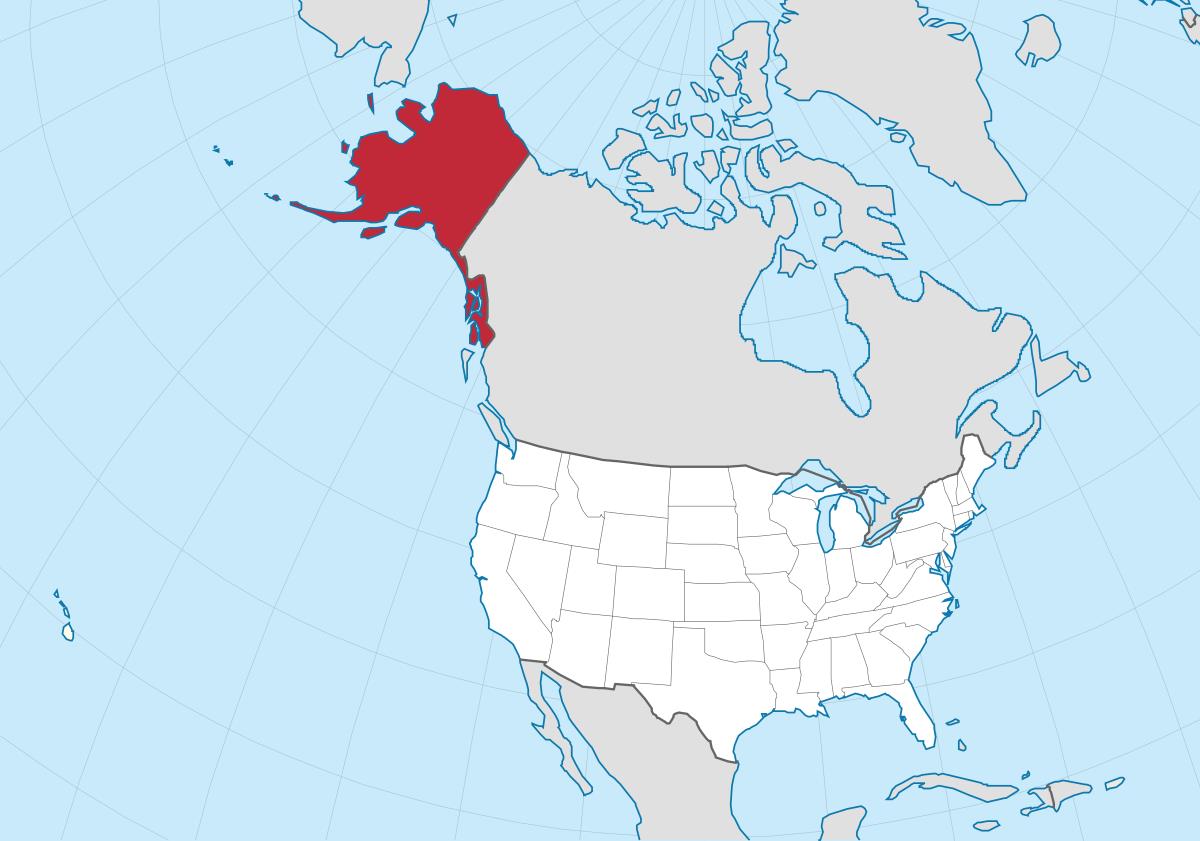
Alaska May Soon Receive Up To Two Minutes' Warning Before Major Quakes
Alaska's vulnerability to seismic activity could soon be mitigated by an advanced early warning system that promises up to two minutes of warning ahead of a major earthquake. The potential life-saving development comes after a comprehensive study highlighted the possibility of a 10- to 120-second window of alert before an earthquake strikes, a brief period that could prove vital for those in the state's earthquake-prone regions.
Alaska, which sits atop the Pacific Ring of Fire, experiences frequent seismic events, with some major quakes causing significant damage. The proposed early warning system, still in the developmental stages, could give authorities and residents crucial time to take protective actions. The study, led by a team of seismologists and geophysicists, found that adding more seismic stations across the state could increase the lead time for quake alerts, with some areas potentially receiving up to 15 extra seconds. This could be the difference between life and death in areas close to the epicentre of a quake, where shaking can be most destructive.
Seismic activity in Alaska has long been a concern, with the state experiencing over 40,000 earthquakes in 2022 alone. The state's geography and climate present challenges for monitoring and alerting systems, but researchers are optimistic that improvements in technology and infrastructure will allow for more accurate and timely warnings. One of the main hurdles identified in the study is the harsh winter conditions in remote areas, which can slow down the installation of new seismic stations. Additionally, the difficulty of maintaining communication networks in such isolated regions could cause delays in transmitting warnings to the population.
See also Mars Highlands Reveal Vast 15,000 km Ancient River NetworkDespite these challenges, experts stress that the technology behind the warning systems is improving rapidly. The use of seismic sensors and AI algorithms to detect quakes in real-time could significantly shorten the time between the initial seismic waves and the alert reaching residents. These systems operate by measuring the faster, less damaging seismic waves, known as P-waves, and using them to predict the more destructive S-waves that follow. While it's not always possible to provide lengthy warning periods due to the speed at which earthquakes develop, any additional time could allow people to seek shelter, stop trains, or halt industrial processes that could be vulnerable to the shaking.
The development of an early warning system could also have major implications for infrastructure. Alaska's economy relies heavily on industries such as oil and gas, and even small quakes can disrupt operations. A few seconds of advance notice could allow companies to shut down critical systems before a quake hits, potentially saving both lives and financial losses.
However, the technology still faces significant limitations. Alaska's remote location and challenging topography make it difficult to install the necessary equipment for an extensive network of seismic stations. The state's vast, rugged terrain means that setting up reliable infrastructure is a logistical challenge, while its long winters complicate the task further. Nonetheless, the study suggests that incremental improvements could make it possible to extend the warning window, with each additional second offering a chance to prevent fatalities.
Government officials have expressed cautious optimism about the findings. While they acknowledge the challenges of deploying an effective system, the benefits of a few extra seconds or minutes of warning could be profound. Plans to expand the seismic monitoring network are already in motion, with several key locations earmarked for new stations. Researchers are also investigating ways to improve the speed and reliability of data transmission, particularly in areas where cellular and internet service is intermittent.
See also Ancient Fossil Reveals Jurassic Marine ReptileThe proposed system could also help communities prepare for future quakes. Educating residents about how to respond to earthquake alerts could significantly reduce the risk of injury or death. Drills and public awareness campaigns will be essential to ensuring that the public knows what to do when an alert is issued. While it's clear that no system will ever be able to provide perfect warning, the goal is to give Alaskans as much time as possible to react before disaster strikes.
Notice an issue? Arabian Post strives to deliver the most accurate and reliable information to its readers. If you believe you have identified an error or inconsistency in this article, please don't hesitate to contact our editorial team at editor[at]thearabianpost[dot]com . We are committed to promptly addressing any concerns and ensuring the highest level of journalistic integrity. Legal Disclaimer:
MENAFN provides the
information “as is” without warranty of any kind. We do not accept
any responsibility or liability for the accuracy, content, images,
videos, licenses, completeness, legality, or reliability of the information
contained in this article. If you have any complaints or copyright
issues related to this article, kindly contact the provider above.


















Comments
No comment